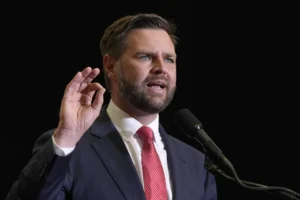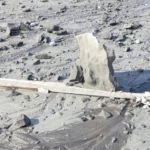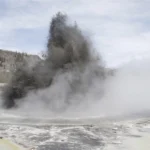State Raises Employee Pay to Battle Tight Labor Market
Despite hiking wages 16% in two years, some state positions appear underpaid
- Published In: Politics
- Last Updated: Jul 25, 2023

During last winter’s General Session, lawmakers approved roughly 8% raises for the state employees who work in the Herschler Building (at right) and all across Wyoming. Early indications are that the pay hikes are helping with retention. (Photo by Michael Smith)
By CJ Baker
Special to the Wyoming Truth
With the state government struggling to find and keep workers, Wyoming lawmakers raised wages by over 16% over the past two years, aiming to bring the state’s pay scale in-line with other employers.
The latest round of pay hikes just took effect and already appear to be making a “big difference” with retention, said Drew Perkins, Gov. Mark Gordon’s chief of staff.
“A lot of people waited to see what would happen, and they did not walk out the door because this happened,” Perkins said of the roughly 8% raises the Legislature approved last winter.
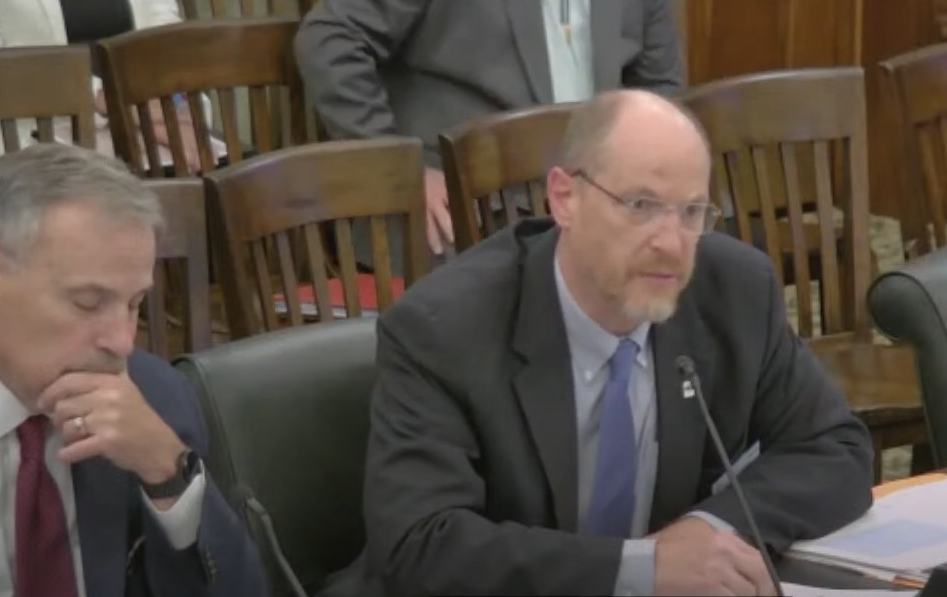
Still, he and other state officials say a handful of positions remain significantly underpaid. They told the Joint Appropriations Committee this month that the situation had grown dire within the air quality division of the Wyoming Department of Environmental Quality (DEQ), where 18 of 75 positions — or nearly one in four — were vacant. DEQ Director Todd Parfitt indicated that he needs all 18 positions filled ASAP to catch up on a backlog of work.
The division’s vacancy rate was triple the rest of the department’s, and Parfitt blamed it on a slew of new air quality regulations being issued by the Environmental Protection Agency (EPA). The federal agency is expected to finalize 70 new rules over the next year, Parfitt said, and those are in addition to several others the DEQ is already working to incorporate.
Government agencies are hiring people to help implement the new regulations while companies are looking for experts to help them comply. Additionally, Parfitt said the rush of activity stemming from the federal infrastructure bill and Inflation Reduction Act is adding to the demand for air quality personnel.
“All the states that I talk to, they all have the same issue,” he said. “We’re all competing for the same resource.”
Neighboring states and the EPA itself have reportedly been offering better wages; the State of Colorado’s salaries, for instance, were described as $15,000 to $20,000 over some of Wyoming’s.
At the July 11 meeting, the committee gave the DEQ its blessing to bump the pay for the air quality positions. Committee Co-Chair Bob Nicholas (R-Cheyenne) said lawmakers should consider how much state revenue is lost when positions are vacant and mineral development is delayed.
“The more that we understand that, the more I think … all of us will say we’re doing something wrong,” Nicholas said.
The salaries in the air quality division have ranged from roughly $56,000 for entry-level positions to $97,000 for senior level engineers, Parfitt said. To pay for raises, he said the department intends to use some of the roughly $600,000 it’s saved with the positions vacant.
While there were no objections from the committee, Sen. Mike Gireau (D-Jackson) expressed some wariness.
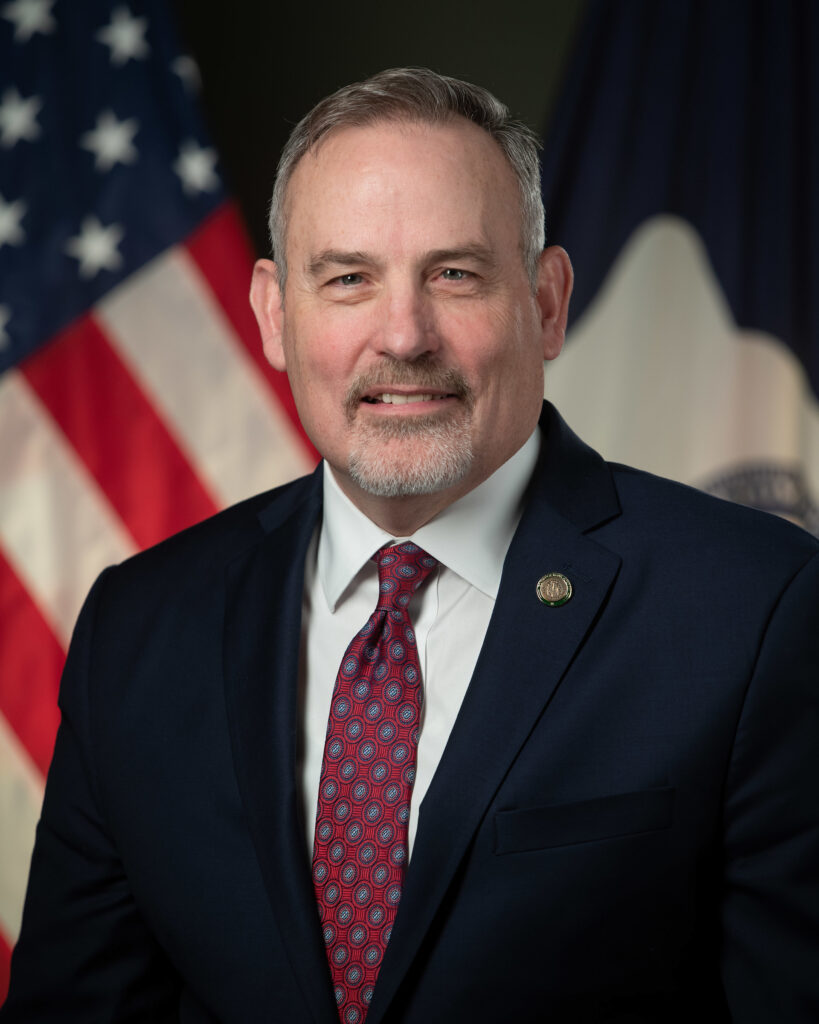
“If we’re going to go back to where we were three years ago, where … you all come in and say, ‘We’re losing people, we’re losing people and so we have to give these they’re-walking-out-the-door bonuses to keep them in the door,’ then some of us will have some ’splaining to do down on the [Senate] floor,” Gireau said. The 8% increase approved last winter was pitched as getting employee salaries up to market rates, he said.
Perkins and representatives from the Department of Administration and Information (A&I) said other positions may need more hikes — specifically mentioning nurses, engineers, attorneys and water quality workers. But overall, they indicated the recent raises have put the state in a good position to find and keep quality employees.
Over 1,000 state job openings
The Legislature approved a first phase of pay hikes during its 2022 Budget Session. Those roughly 8% raises came at an annualized cost of roughly $32.4 million and took effect a year ago.
In January, Perkins told the Joint Appropriations Committee that the boost was “very helpful.” However, thanks to inflation, he said the vast majority of state workers were continuing to make less than 90% of what they’d earn in comparable positions in the public and private sectors.
“Whether it’s a correctional officer, whether it’s a snowplow driver, whether it’s someone who’s working at the boys’ home in Worland, sometimes you look at those starting wages [and] you wonder why in the world someone would come and do that job for that,” Perkins said.
He indicated the low pay was why the state was “bleeding employees.” He also reported that roughly 1,400 of the executive branch’s 7,500 permanent positions — or almost one in five — were unfilled at the end of 2022.
“There’s lots of reasons why people take jobs and lots of reasons why people leave jobs, but one of the main factors is money,” Perkins said. “And until you resolve that problem to some degree, the rest of the factors are a distant second.”
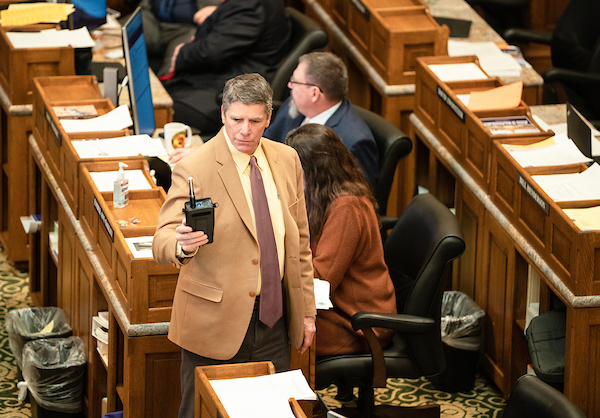
At the January meeting, Nicholas asked about taking a slower approach to the raises, mentioning the possibility of a recession. However, Perkins predicted the problem would only get worse in face of continued inflation. Lawmakers ultimately approved another roughly 8% raise for the fiscal year that began July 1, at a cost of roughly $48.8 million.
In total, the past two years of pay hikes will add about $81.2 million in annual costs. The dollars will be spread across well over 13,200 positions: nearly 8,500 in the executive branch, 2,800 at the University of Wyoming, over 1,600 at the state’s community colleges (which are only partially funded by the state) and over 260 in the judicial branch.
The most recent raises started showing up on employees’ paychecks this month, and A&I Director Patricia Bach said she’d already received multiple emails of thanks.
“So I just want to collectively say ‘thank you’ from [the] employees,” Bach told the committee on July 11.
Still, the problem has not yet been solved: As of the end of June, 1,445 permanent positions in the executive branch remained vacant, according to A&I data. Meanwhile, the Wyoming Department of Workforce Services says the state’s labor market appears to be tightening, with the unemployment rate dropping to 3.1% last month.
A list of open state government positions can be found online. Prior to this month’s raises, the median salary stood at $56,376.


